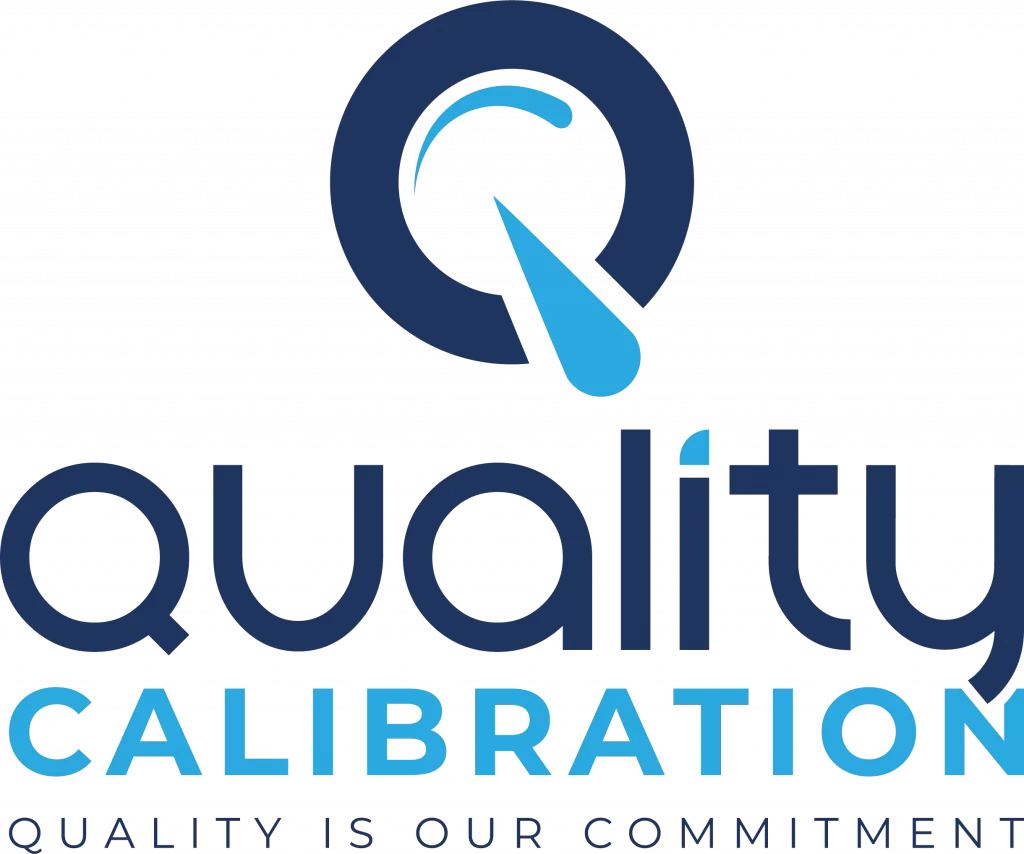Gas detectors play a crucial role in ensuring the safety of individuals and environments by monitoring the presence of hazardous gases. However, to ensure accurate readings, regular calibration of gas detectors is essential. In this guide, we will take you through the step-by-step process of calibrating a gas detector, focusing on the XNX Gas Detector as an example.
Understanding Gas Detector Calibration
Before delving into the calibration process, it’s vital to understand what calibration means and the importance of gas detector calibration. Calibration involves comparing the readings of a gas detector to a known reference standard. It verifies and adjusts the detector’s response to ensure its accuracy in detecting gas concentrations. Regular calibration helps maintain reliable performance and enhances safety.
XNX Gas Detector Components
The XNX Gas Detector consists of several essential components that play a significant role in the calibration process. These components include the sensor, transmitter, display, and power supply. Understanding the function of each component is crucial to performing a successful calibration.
Preparing for Calibration
Before starting the calibration process, make sure you know which type of gas detector calibration you’re going to do and ensure that you follow safety precautions. Wear appropriate personal protective equipment (PPE) and perform the calibration in a well-ventilated area. Also, check the environmental conditions to ensure they are suitable for calibration.
Tools and Equipment Needed
To perform the calibration, you will need specific tools and equipment. These include a calibration gas cylinder containing the appropriate gas mixture, a regulator, tubing, and a calibration adapter. Familiarize yourself with each tool’s function and use before proceeding.
Step-by-Step Calibration Process
Calibrating a gas detector is a vital procedure that ensures accurate and reliable readings, ultimately contributing to the safety of individuals and the surrounding environment. The step-by-step calibration process for the XNX Gas Detector involves several key stages, each carefully designed to guarantee precise gas detection. Let’s dive into the details:
- Initial Setup and Connections
Before initiating the calibration process, it’s essential to set up the gas detector correctly and ensure all connections are secure. - Follow these steps to get started:
- Power On the Gas Detector: Switch on the XNX Gas Detector and allow it to warm up for the recommended duration. This step ensures stable and accurate readings during calibration.
- Inspect Connections: Verify that all connections, such as the power supply, sensor, transmitter, and display, are firmly in place. Check for any signs of damage or leaks, as these can affect calibration accuracy.
- Check Calibration Gas Cylinder: Ensure that the calibration gas cylinder has an adequate amount of gas for the calibration process. Also, verify that the calibration gas is not expired to guarantee reliable results.
- Gas Detector Calibration Using Automatic Method
Some XNX Gas Detectors offer an automatic calibration feature, streamlining the calibration process. Follow these steps if your gas detector supports automatic calibration:- Initiate Automatic Calibration: Refer to the manufacturer’s instructions or user manual to initiate the automatic calibration mode. This step may involve specific button combinations or menu selections.
- Observe Calibration Process: The gas detector will automatically introduce the calibration gas and adjust its readings based on the known concentration of the gas. Allow the calibration process to complete.
- Verify Calibration Results: Once the automatic calibration is finished, the gas detector will display the calibration gas concentration it detected. Compare this value with the known concentration of the calibration gas.
- Gas Detector Calibration Using Manual Method
If your XNX Gas Detector does not support automatic calibration, you can perform the calibration manually using the following steps:- Attach Calibration Adapter: Connect the calibration adapter to the gas detector’s inlet port. The calibration adapter acts as an interface to introduce the calibration gas into the detector.
- Connect Tubing to Calibration Gas Cylinder: Attach one end of the tubing to the calibration adapter and the other end to the calibration gas cylinder containing the appropriate gas mixture.
- Calibrate the Gas Detector: Gradually introduce the calibration gas into the detector using the regulator. Observe the gas detector’s readings as the calibration gas flows through the system.
- Fine-Tuning of Sensor Settings
After the calibration process is initiated, the gas detector will display the concentration of the calibration gas it is detecting. - Follow these steps to fine-tune the sensor settings for precise readings:
- Compare Readings: Compare the gas detector’s displayed concentration with the known concentration of the calibration gas. Note any discrepancies between the two values.
- Adjust Sensor Settings: If there are significant deviations, you may need to adjust the sensor settings to match the calibration gas concentration accurately. Refer to the gas detector’s manual for the specific adjustment procedure.
Completing the step-by-step calibration process is a critical part of maintaining the accuracy and reliability of your XNX Gas Detector. Whether you use the automatic or manual method, following the manufacturer’s guidelines and best practices ensures that your gas detector performs optimally, providing valuable gas detection capabilities for the safety of all.
Calibration Gas Selection and Handling
Selecting the appropriate calibration gas is critical for accurate calibration. Consult the gas detector’s manual or the manufacturer’s guidelines to determine the correct gas mixture. Handle calibration gas cylinders with care, ensuring they are stored in a well-ventilated area away from heat or direct sunlight.
Verifying Calibration Accuracy
After calibration, conduct post-calibration checks to verify the accuracy of the gas detector. Compare the readings with the calibration gas concentration and note any discrepancies. If there are significant deviations, troubleshoot and re-calibrate if necessary.
Calibration Frequency and Schedule
To maintain the gas detector’s reliability, establish a calibration schedule based on the manufacturer’s recommendations and industry standards. Regular calibration, typically every six months or as specified, ensures the gas detector operates optimally.
Record Keeping and Compliance
Maintain thorough records of all calibration activities, including calibration dates, results, and any corrective actions taken. These records are crucial for compliance with industry regulations and demonstrate a commitment to safety.
Maintenance and Service
Regularly inspect and maintain the gas detector to ensure it functions properly. If you lack the expertise, consider engaging certified technicians for servicing and calibration.
Best Practices for Gas Detector Calibration
- Always follow the manufacturer’s instructions and guidelines for calibration.
- Perform a bump test before calibration to ensure the gas detector’s basic functionality.
- Calibrate the gas detector in a controlled environment with stable gas concentrations.
- Train personnel on the proper calibration process to enhance safety and accuracy. Check our comprehensive guide about XNX Gas Detector Calibration.
In conclusion, the step-by-step process of calibrating a gas detector, such as the XNX Gas Detector, is critical for accurate and reliable gas detection. By following the recommended guidelines and best practices, you can ensure the gas detector operates effectively, safeguarding lives and protecting the environment. Contact a Bangladeshi Calibration Laboratory for any types of help.

Md. Hasan Ibrahim is a Technical Manager at Quality Calibration with extensive experience in the calibration sector since 2015. Holding a Bachelor of Science degree in Mechanical Engineering from Khulna University of Engineering & Technology (KUET), he has received training from various national and international organizations including CSIR-CMERI, QSI, BAB, NML-BSTI, memmert, and X-rite. With expertise in ISO/IEC 17025 assessment, method validation, metrological traceability, and uncertainty, he has successfully completed numerous calibration projects across diverse industries such as pharmaceuticals, food & beverage, oil & gas, textiles & garments, power plants, batteries, chemicals, hospitals & healthcare, and private universities.


